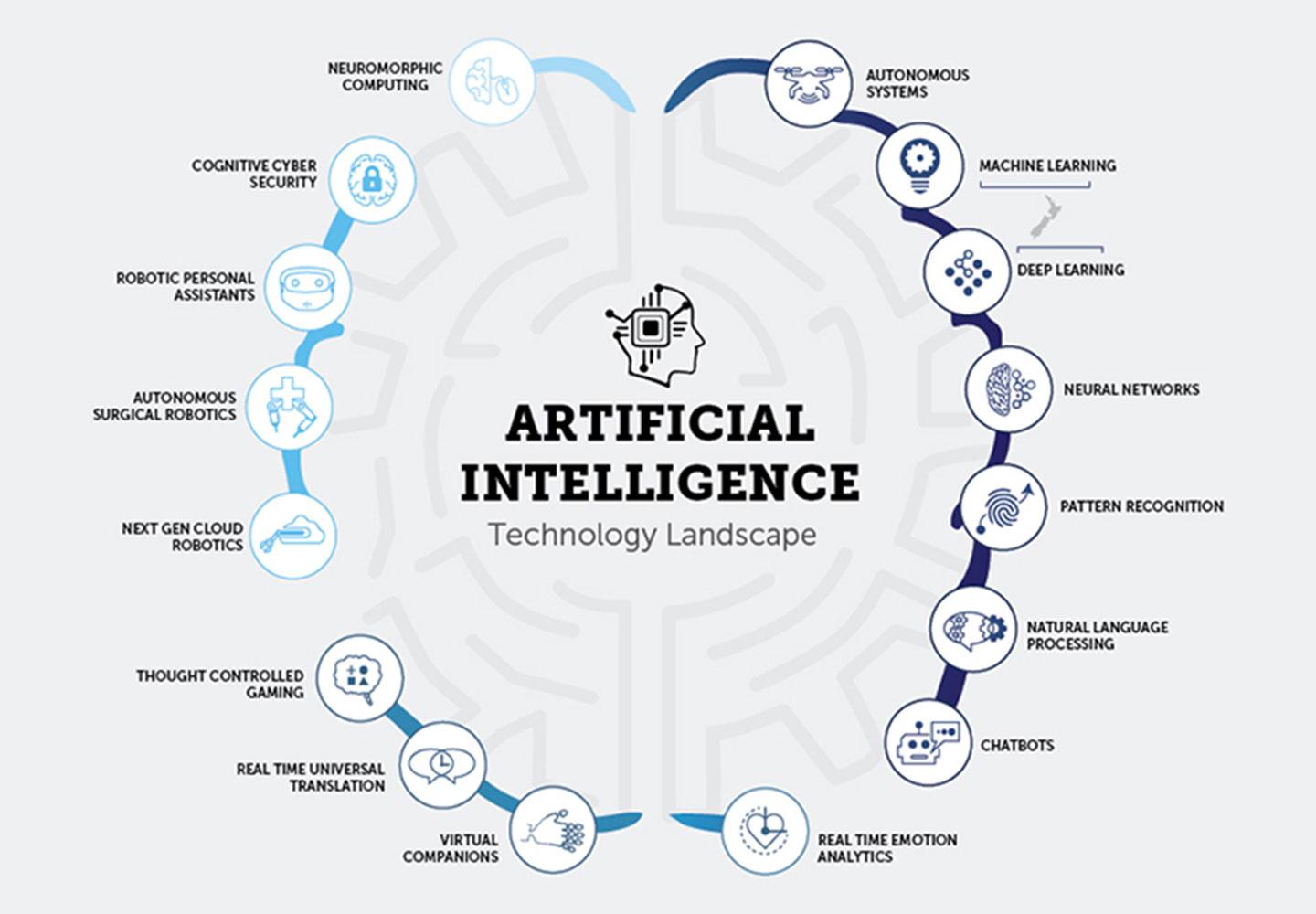DeepSeek-R1 the current AI model from Chinese startup DeepSeek represents a cutting-edge development in generative AI technology. Released in January 2025, it has gained worldwide attention for its ingenious architecture, cost-effectiveness, and remarkable efficiency across numerous domains.

What Makes DeepSeek-R1 Unique?
The increasing need for AI designs efficient in managing complex thinking tasks, long-context understanding, and domain-specific flexibility has exposed constraints in standard dense transformer-based designs. These designs frequently suffer from:
High computational expenses due to triggering all criteria during reasoning.
Inefficiencies in multi-domain job handling.
Limited scalability for large-scale releases.
At its core, DeepSeek-R1 identifies itself through an effective combination of scalability, efficiency, and high performance. Its architecture is built on two foundational pillars: an innovative Mixture of Experts (MoE) structure and an advanced transformer-based design. This hybrid method allows the design to tackle complex jobs with remarkable accuracy and speed while maintaining cost-effectiveness and attaining advanced outcomes.
Core Architecture of DeepSeek-R1
1. Multi-Head Latent Attention (MLA)
MLA is an important architectural innovation in DeepSeek-R1, presented initially in DeepSeek-V2 and further improved in R1 created to enhance the attention mechanism, lowering memory overhead and computational inadequacies throughout reasoning. It operates as part of the model's core architecture, straight impacting how the model procedures and creates outputs.
Traditional multi-head attention computes separate Key (K), Query (Q), and Value (V) matrices for each head, which scales quadratically with input size.
MLA changes this with a low-rank factorization approach. Instead of caching complete K and V matrices for each head, MLA compresses them into a latent vector.
During reasoning, these hidden vectors are decompressed on-the-fly to recreate K and V matrices for each head which dramatically reduced KV-cache size to just 5-13% of traditional methods.
Additionally, MLA integrated Rotary Position Embeddings (RoPE) into its design by dedicating a part of each Q and K head specifically for positional details preventing redundant learning throughout heads while maintaining compatibility with position-aware tasks like long-context thinking.
2. Mixture of Experts (MoE): The Backbone of Efficiency
MoE framework enables the model to dynamically activate only the most appropriate sub-networks (or "specialists") for an offered task, guaranteeing effective resource usage. The architecture consists of 671 billion specifications dispersed throughout these expert networks.
Integrated dynamic gating system that takes action on which experts are triggered based upon the input. For any offered inquiry, just 37 billion specifications are triggered during a single forward pass, considerably lowering computational overhead while maintaining high efficiency.
This sparsity is attained through strategies like Load Balancing Loss, which makes sure that all experts are used uniformly over time to prevent traffic jams.
This architecture is built on the structure of DeepSeek-V3 (a pre-trained structure model with robust general-purpose abilities) even more fine-tuned to enhance reasoning abilities and domain flexibility.
3. Transformer-Based Design
In addition to MoE, DeepSeek-R1 integrates innovative transformer layers for natural language processing. These layers incorporates optimizations like sporadic attention systems and efficient tokenization to record contextual relationships in text, allowing exceptional understanding and action generation.
Combining hybrid attention system to dynamically adjusts attention weight circulations to enhance performance for both short-context and long-context scenarios.
Global Attention captures relationships across the whole input series, ideal for tasks requiring long-context understanding.
Local Attention concentrates on smaller, contextually considerable sectors, such as nearby words in a sentence, enhancing efficiency for language jobs.
To simplify input processing advanced tokenized techniques are incorporated:
Soft Token Merging: merges redundant tokens throughout processing while maintaining important details. This minimizes the variety of tokens travelled through transformer layers, enhancing computational effectiveness
Dynamic Token Inflation: counter prospective details loss from token merging, the design utilizes a token inflation module that restores essential details at later processing phases.
Multi-Head Latent Attention and Advanced Transformer-Based Design are closely related, as both handle attention systems and transformer architecture. However, they concentrate on various elements of the architecture.
MLA particularly targets the computational efficiency of the attention system by compressing Key-Query-Value (KQV) matrices into latent areas, minimizing memory overhead and wiki.whenparked.com reasoning latency.
and Advanced Transformer-Based Design focuses on the general optimization of transformer layers.
Training Methodology of DeepSeek-R1 Model
1. Initial Fine-Tuning (Cold Start Phase)
The process starts with fine-tuning the base design (DeepSeek-V3) using a small dataset of carefully curated chain-of-thought (CoT) thinking examples. These examples are thoroughly curated to ensure diversity, clearness, and sensible consistency.
By the end of this phase, the model demonstrates improved thinking capabilities, setting the phase for more advanced training stages.
2. Reinforcement Learning (RL) Phases
After the preliminary fine-tuning, DeepSeek-R1 goes through several Reinforcement Learning (RL) phases to additional refine its reasoning capabilities and ensure positioning with human choices.
Stage 1: Reward Optimization: Outputs are incentivized based upon precision, readability, and format by a reward design.
Stage 2: Self-Evolution: Enable the model to autonomously establish advanced reasoning habits like self-verification (where it examines its own outputs for consistency and accuracy), reflection (determining and correcting errors in its thinking procedure) and error correction (to fine-tune its outputs iteratively ).
Stage 3: Helpfulness and Harmlessness Alignment: Ensure the design's outputs are valuable, harmless, and lined up with human choices.
3. Rejection Sampling and Supervised Fine-Tuning (SFT)
After generating big number of samples just top quality outputs those that are both precise and legible are picked through rejection tasting and reward design. The design is then additional trained on this refined dataset utilizing supervised fine-tuning, that includes a more comprehensive series of questions beyond reasoning-based ones, boosting its proficiency across multiple domains.
Cost-Efficiency: A Game-Changer

DeepSeek-R1's training expense was around $5.6 million-significantly lower than contending designs trained on expensive Nvidia H100 GPUs. Key elements adding to its cost-efficiency consist of:
MoE architecture minimizing computational requirements.
Use of 2,000 H800 GPUs for training instead of higher-cost alternatives.
DeepSeek-R1 is a testament to the power of innovation in AI architecture. By integrating the Mixture of Experts structure with support knowing techniques, it provides advanced results at a portion of the expense of its rivals.







